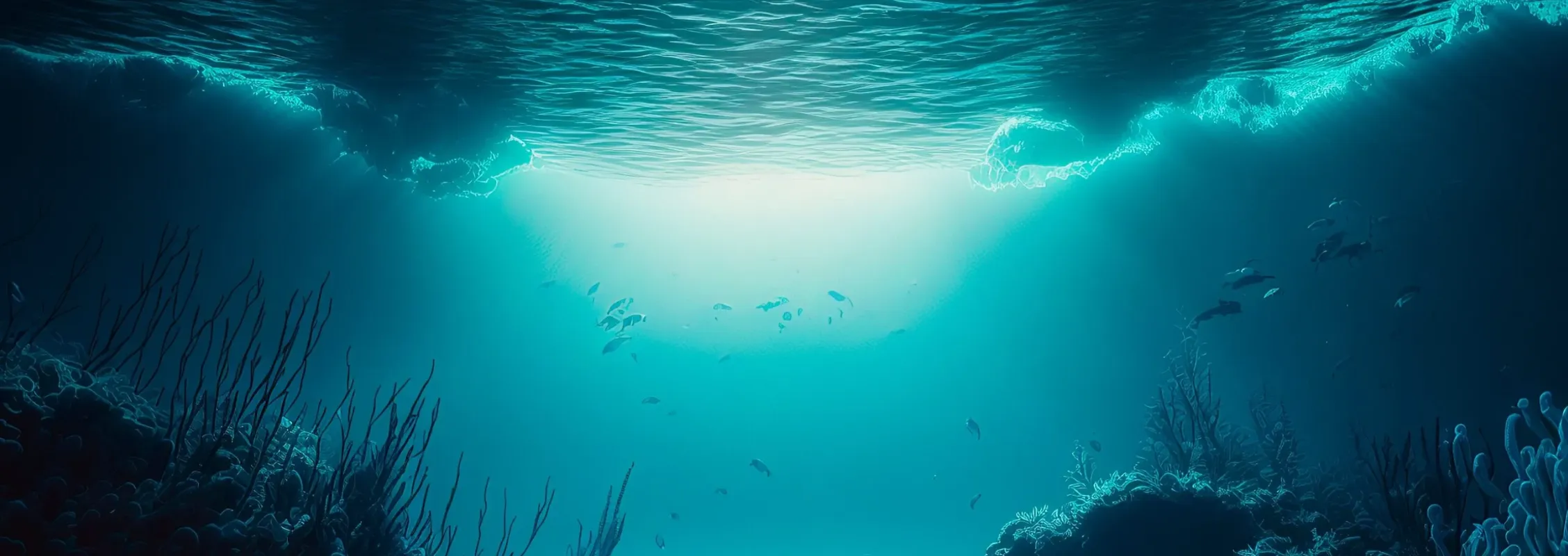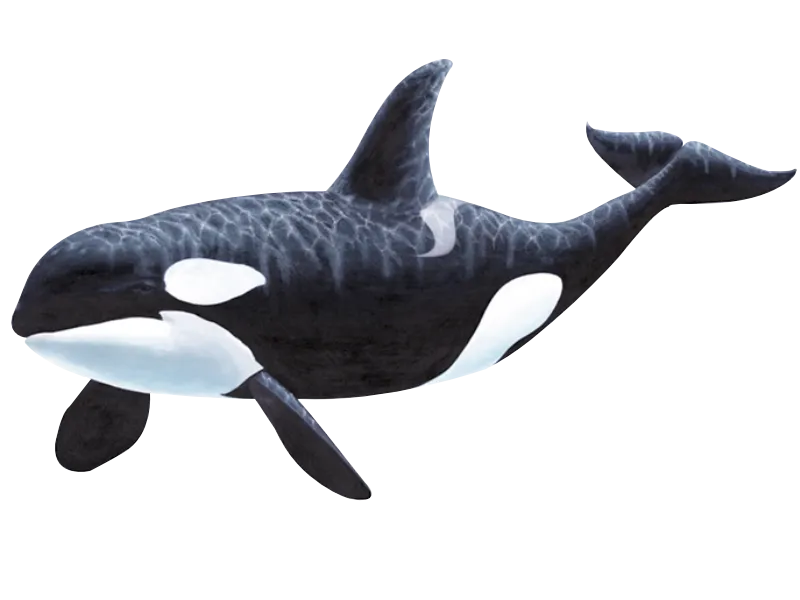


Soluciones Ambientales
La filosofía de Orcatec es la de aprender observando la naturaleza. Nuestro trabajo se inspira en entender y aplicar los procesos naturales para mejorar nuestra calidad de vida, conectarnos con la naturaleza y reducir la contaminación.

Conoce Nuestras Áreas de Trabajo

Hemos conseguido
203
Proyectos Solares
14
Proyectos de Purificación de Agua
35258
Iguana Cups Reusables
6340
Toneladas de CO2 eq. Evitado
3800000
Agua Purificada (m³)
5700000



























